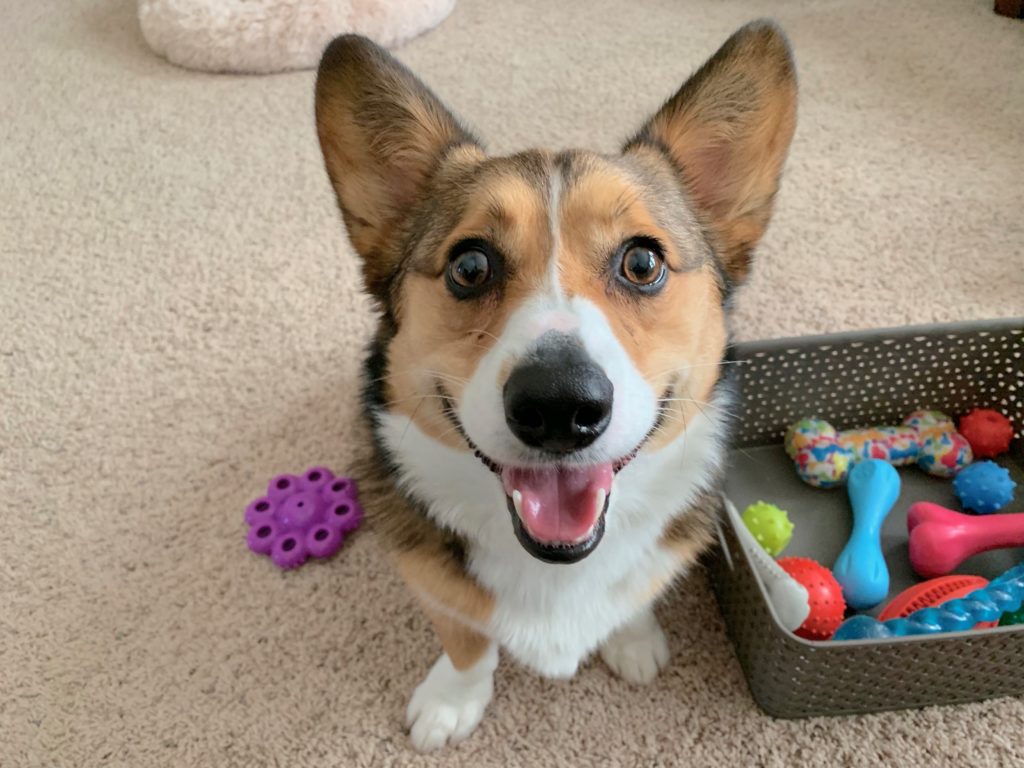Helping a Fearful Corgi Stop Reacting to Unknown Sounds
By: David Codr
Published Date: October 23, 2019
For this Omaha dog training session we share tips to help dogs get over a fear of unknown sounds to stop Ollie the 1 year-old Corgi from barking and being anxious.
Ollie was quite the anxious dog; snapping his head in all directions when any new sounds occurred. I wouldn’t say he was sacred of unknown sounds, but they clearly upset him and caused him to react. I could see he had cortisol in his blood so we talked at length about the things that could be contributing factors.
An example of this is petting a dog who is acting anxious. As humans we think petting is a good way to calm and reassure a nervous dog, but it actually backfires. Anything a dog is doing when you pet it is what you are specifically rewarding the dog for; this includes unbalanced states of mind like fear, stress, excitement and anxiety.
After going over ways to create a healthy leader follower dynamic and taking care of the dog’s needs (petting with a purpose, passive training, enforcing rules and increasing exercise), I showed the guardian how to use counterconditioning and desensitization to stop a dog from being scared of unknown sounds.
Counterconditioning is a great way to help an anxious dog stop fearing things they shouldn’t be scared of. I suggested the guardian make a list of all the sounds Ollie is fearful of so she can systematically work on them and help Ollie get over his fears for good.
No one wants to see a dog act fearfully to sounds or things it doesn’t understand. As Omaha’s dog behavior expert I have been stopping dog fears with counterconditioning for years.
To help the guardian remember everything we covered in this in home dog behavior training session, we filmed a roadmap to success video.
Roadmap
Categorized in: Dog Behavior


